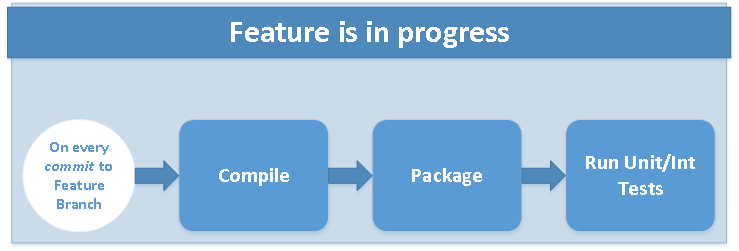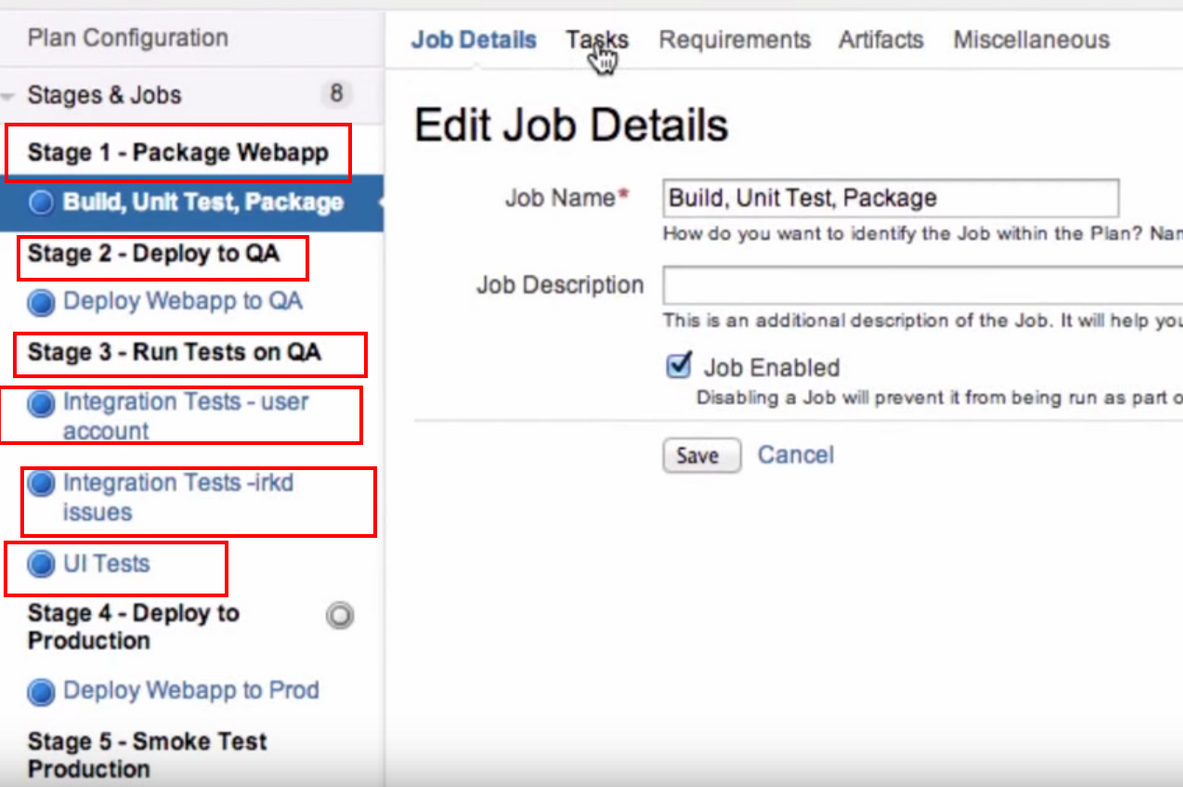Continuous Integration
Agenda
-
What is CI and why it is needed?
-
CI Workflow (pipeline) and stages
-
Continuous Integration vs Continous Delivery
-
Branching Strategies
-
Releasing a Feature in CI/CD
-
CI setup examples in various CI tools
-
Takeaways
Disclaimer
Projects are different
- Technical requirements
- Business requirements
- Length
- Budget
- Load
- etc
Teams are different
- Level
- Size
- Structure
- etc
There is no silver bullet
- Worked for us != will work for you
- Adopt patterns and principles rather than the full process
The Problem


What is CI?
- The process of combining multiple copies of developers code in to one common/main branch several times a day
- Each check-in is then verified by an automated build, allowing teams to detect problems early
Why CI is needed?
- discover integration issues earlier
- keep system free of defects
- reduced project risk
- lead time (eliminates bottlenecks)
- cost
- stress (thing go faster, motivation up)
CI Workflow (Build Pipeline)
- The build pipeline is split into stages

- Confidence is improved in each stage
- Think of it as a production line on a factory
- Each stage has it`s own purpose


- If succeeds - GREEN light, not - RED light
- "Crucially, if the build fails, the development team stops whatever they are doing and fixes the problem immediately" Jez Humble, p.55

Ultimately, it will look like this...

Each component should have own separate build pipeline

Pipeline Practices
- Build once, deploy many
- Deploy the same way to every environment
- Fail fast ("If it hurts, do it more frequently")
- Smoke Test Deployments
- Deploy into a copy of Production
- Each change should propagate instantly
- If any part fails, stop the line
- Treat every version as a release candidate
Continuous Integration vs Continous Delivery
Continuous Delivery
- A set of practices and principles aimed at building, testing, and releasing software faster and more frequently
- Superset of continuous integration, test automation, executable building and production deployment
- Continuous delivery enables frequent deployments while continuous deployment means that every change goes through the pipeline and gets deployed


By having frequent releases for clients, we are getting faster feedback and eventually we are building the right thing
And it follows one the principles of Agile Manifesto

Branching Strategies

...or make it simpler

But there is a problem...
- with Feature branches - code in feature branch is not integrated with other code, even if regularly merge with master
- with Develop, Release, Prod branches - in most case scenarios it is redundant
Solution
- Avoid using any branches
- All commits go to master, even if feature is not done yet
- If feature is not done, then use Feature Toggles or Branch By Abstraction

Releasing a Feature in CI/CD
- Developer creates Feature branch from master or develop branch

2. Developer pushes code into Feature branch while developing a feature

Releasing a Feature in CI/CD
3. When developer finishes feature



- Portable containers
- Save resources on QA environments
- Isolated from other containers
- Easy distribution of ready-made containers
Add Docker to it
How it looks like in CI Tools
FYI - In different CI tools build stages can be called differently:
- In Jenkins - "job"
- In TeamCity - "build" or "build configuration"
- In Bamboo - "job" or "task"
Jenkins

Jenkins
Jenkins

Build Pipeline Plugin
TeamCity

Build Configuration
TeamCity

Build Chain

Bamboo
Bamboo


Bamboo
Deployment Strategies
- Big Bang
- Rolling deployment
- Blue-Green, Red-Black or A/B Deployment
- Canary Deployment
Takeaways
- Push/Check-in Daily
- Automate the build
- Keep the build fast
- Every commit results in build
- Automate deployment
- Don`t be afraid to fail
Q&A
Continuous Integration
By Ilja Pavlovs
Continuous Integration
- 435



